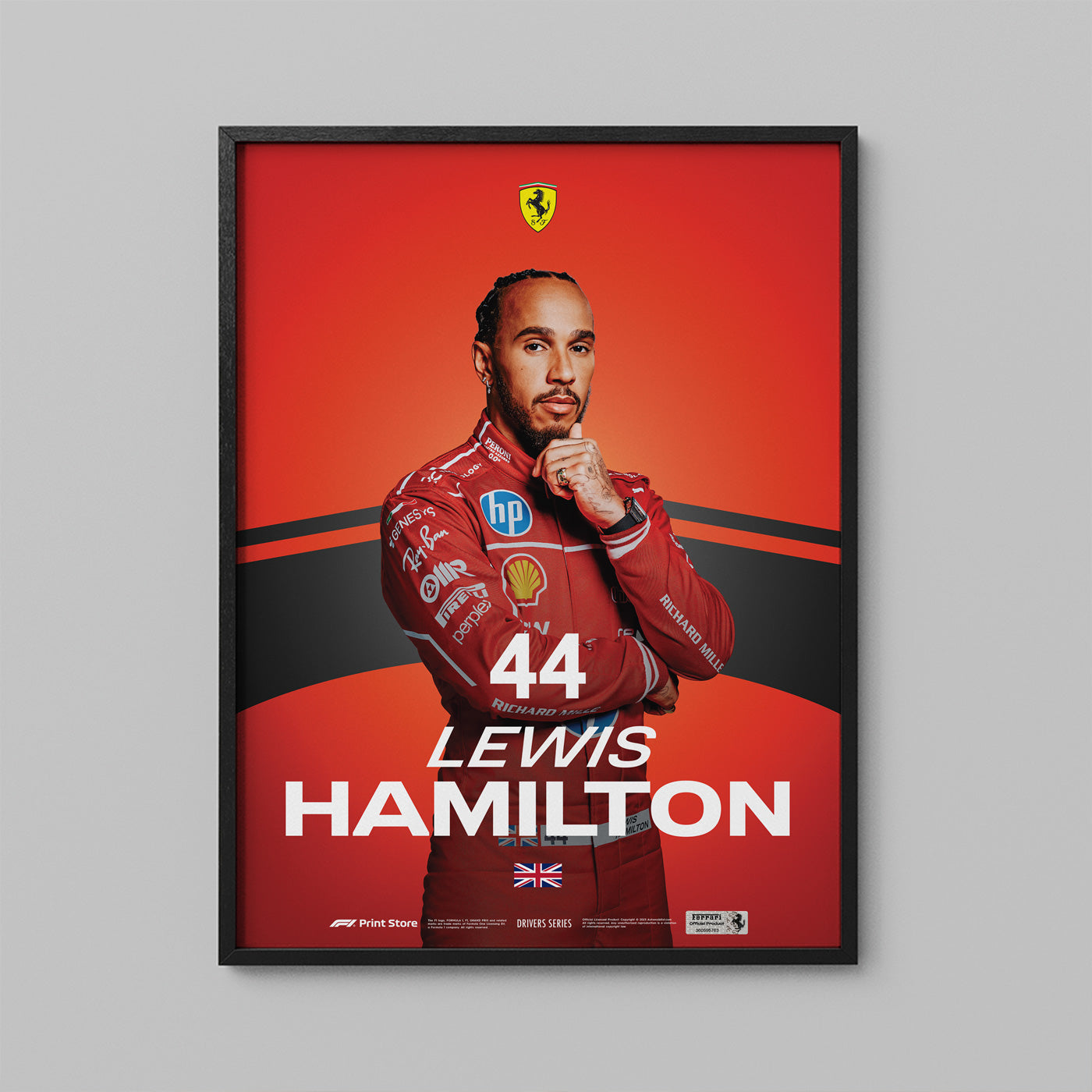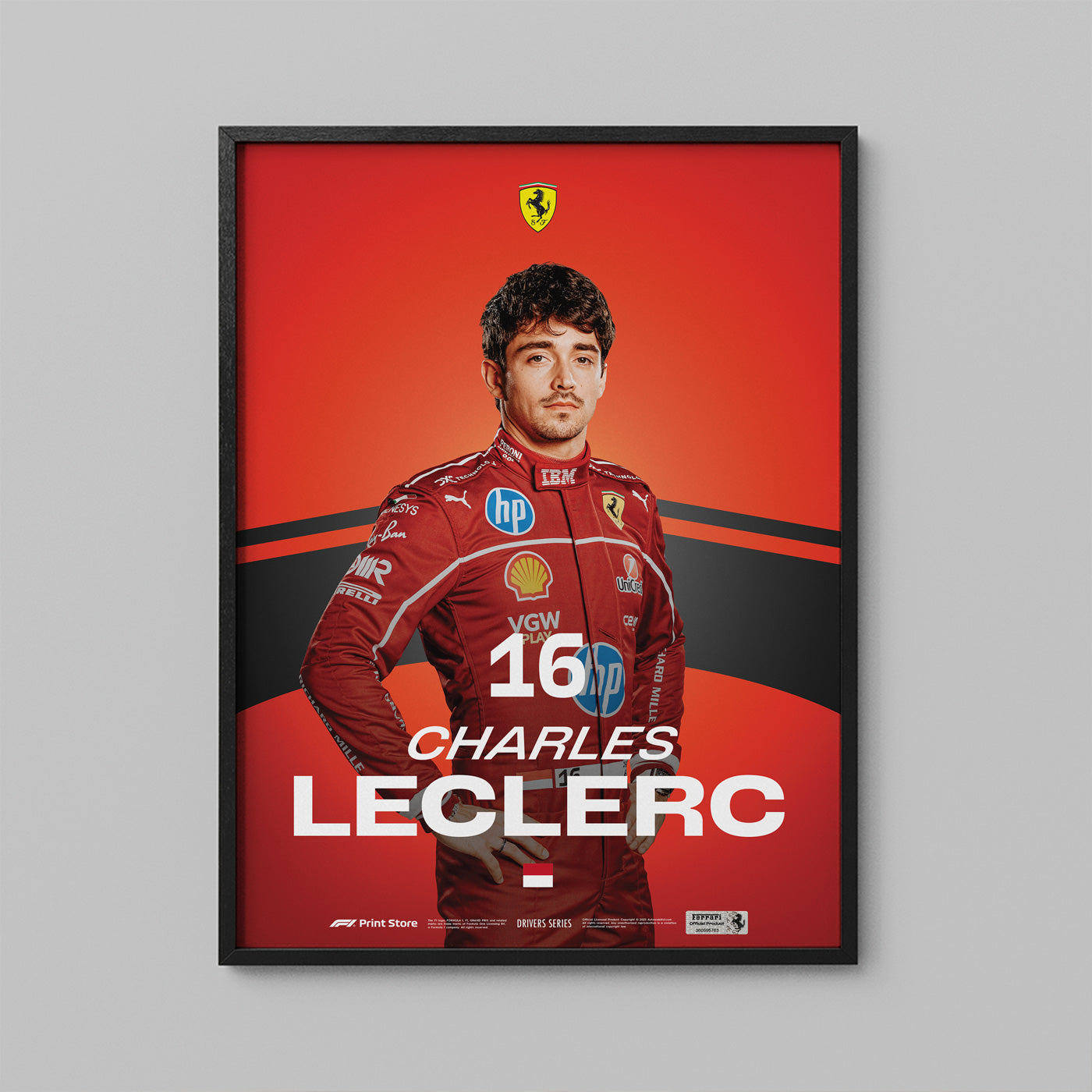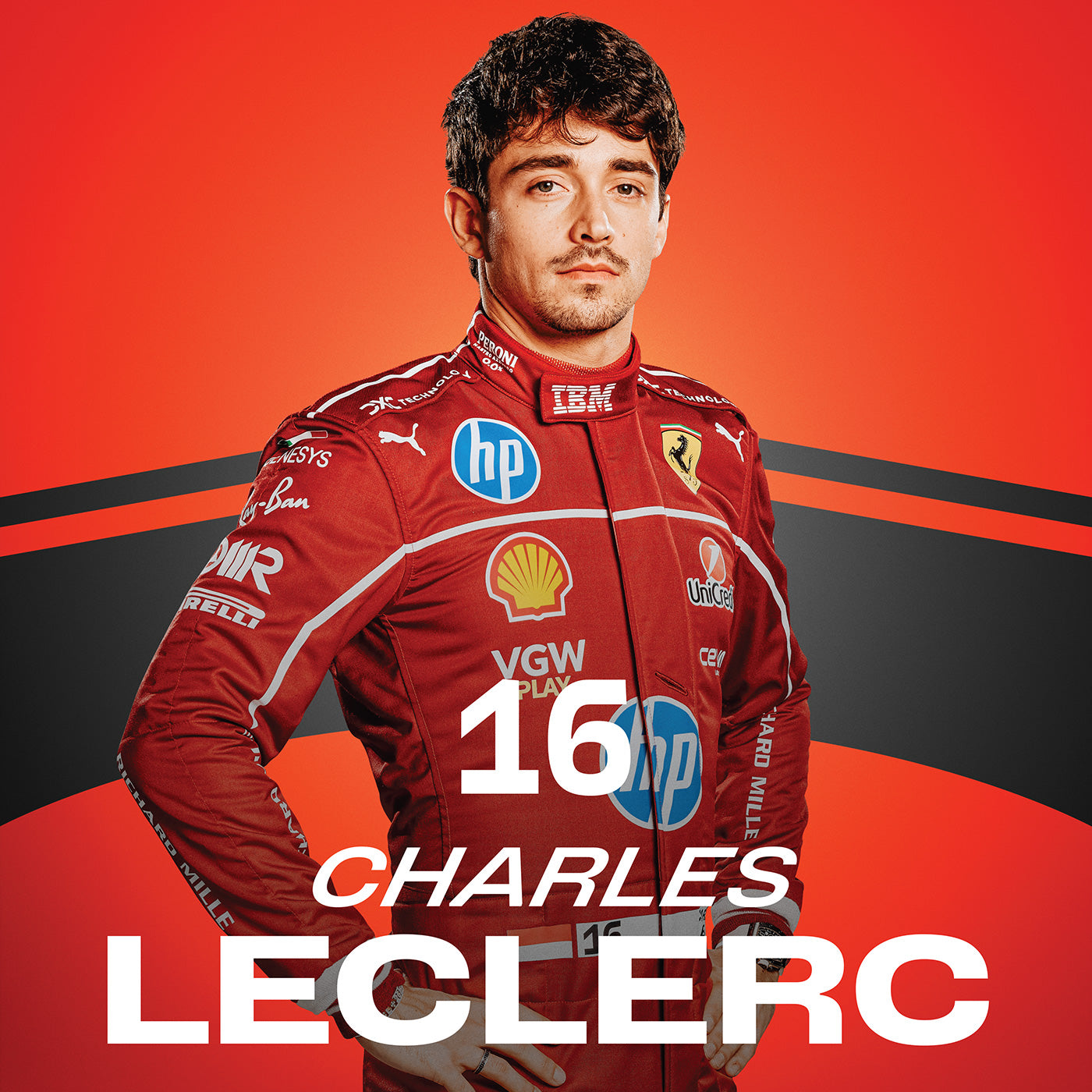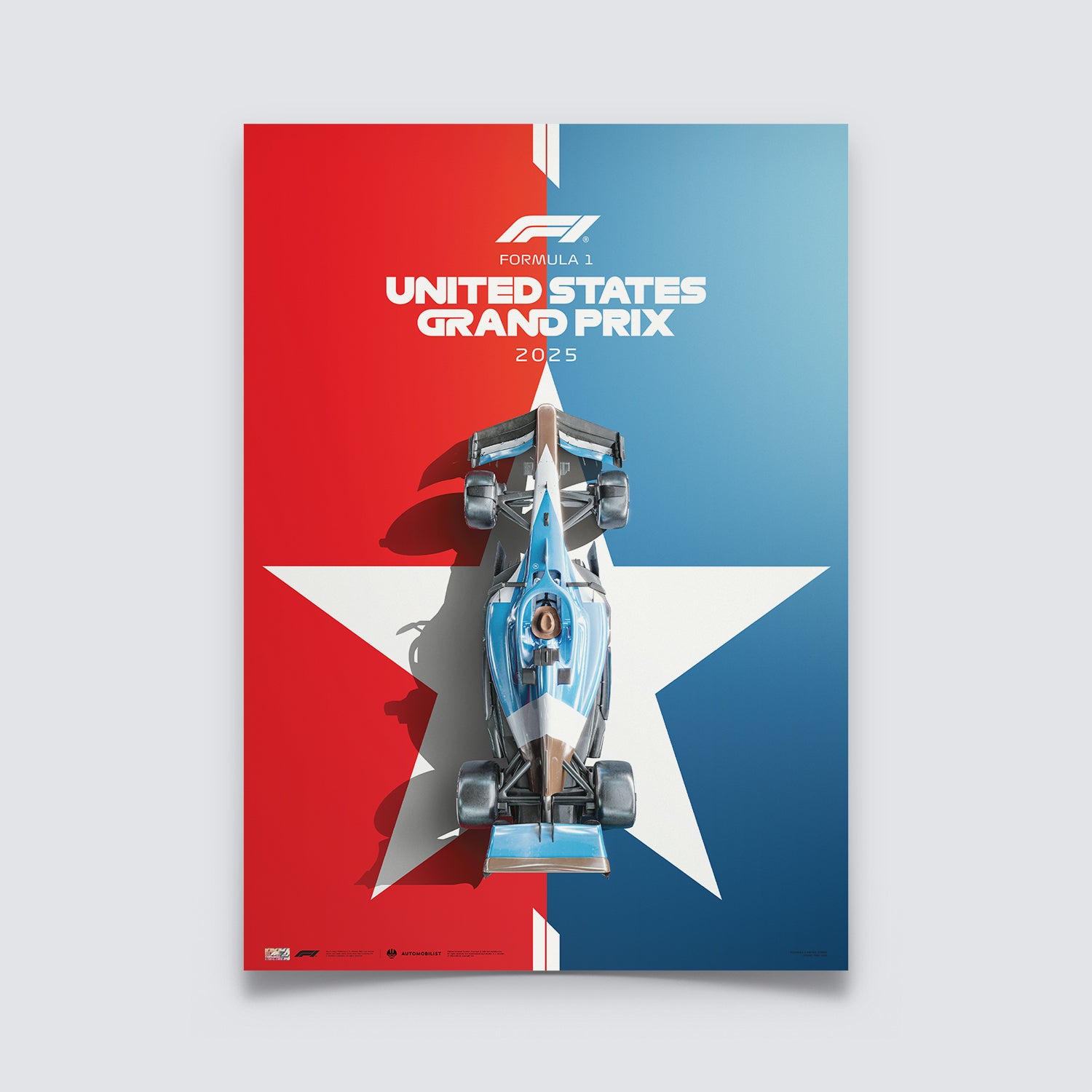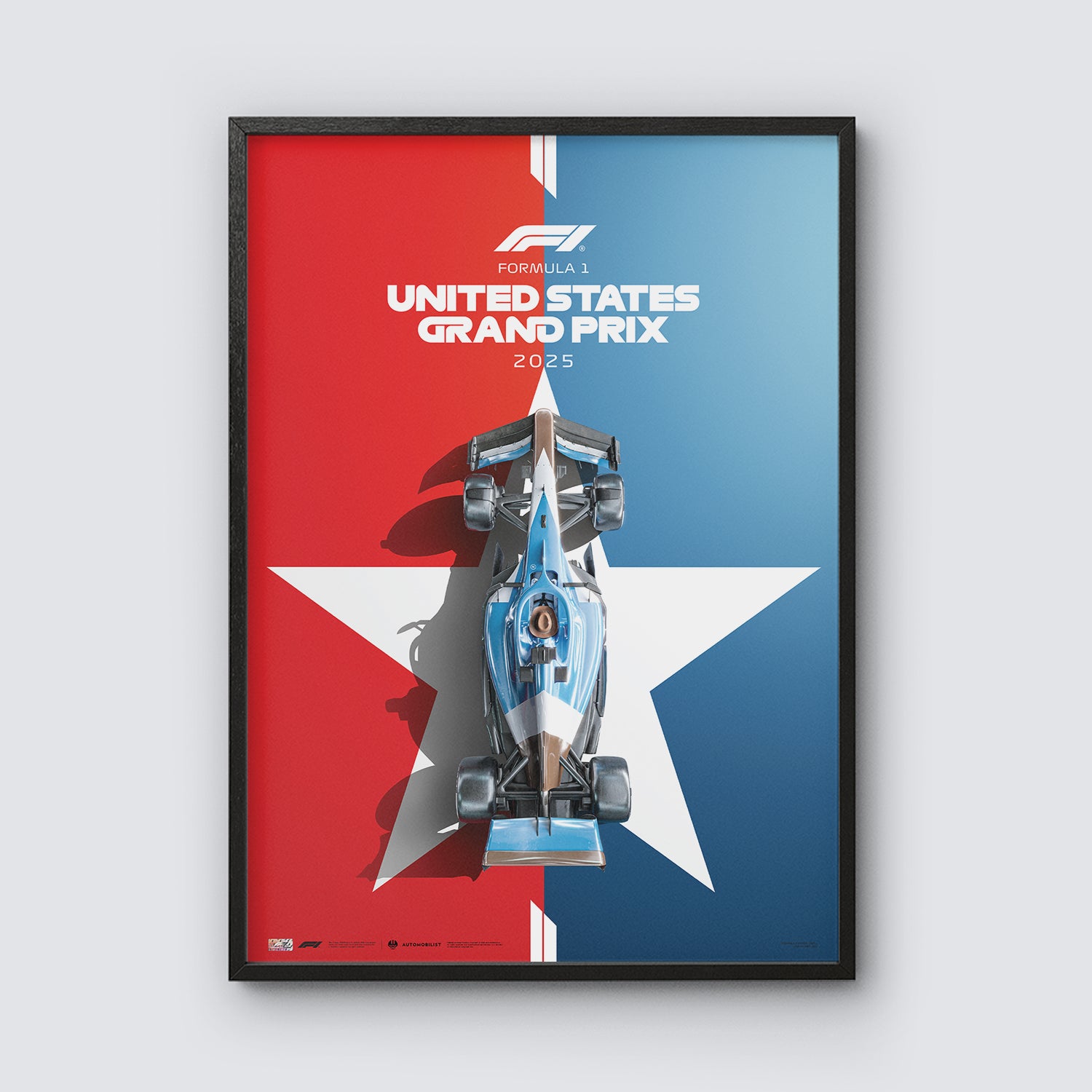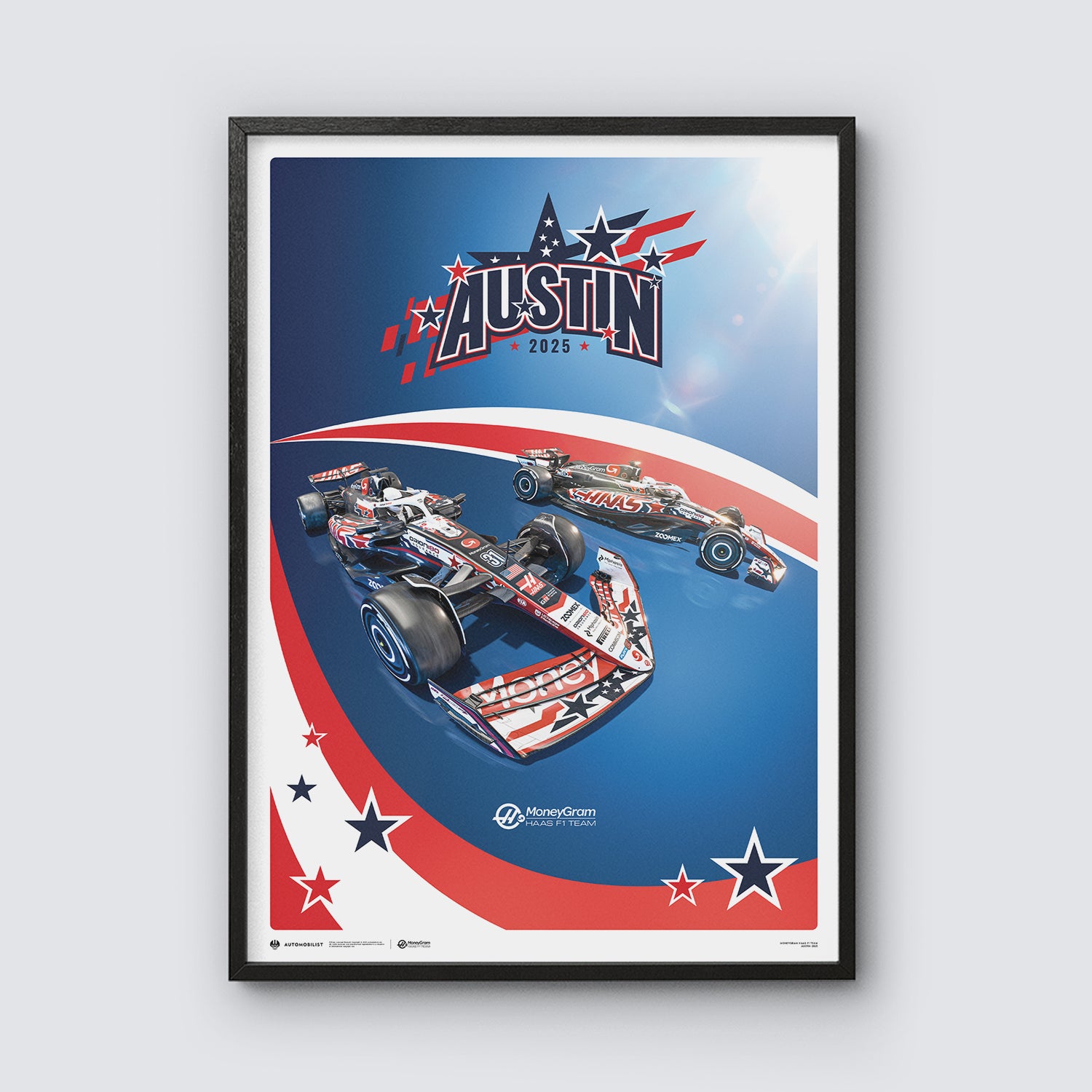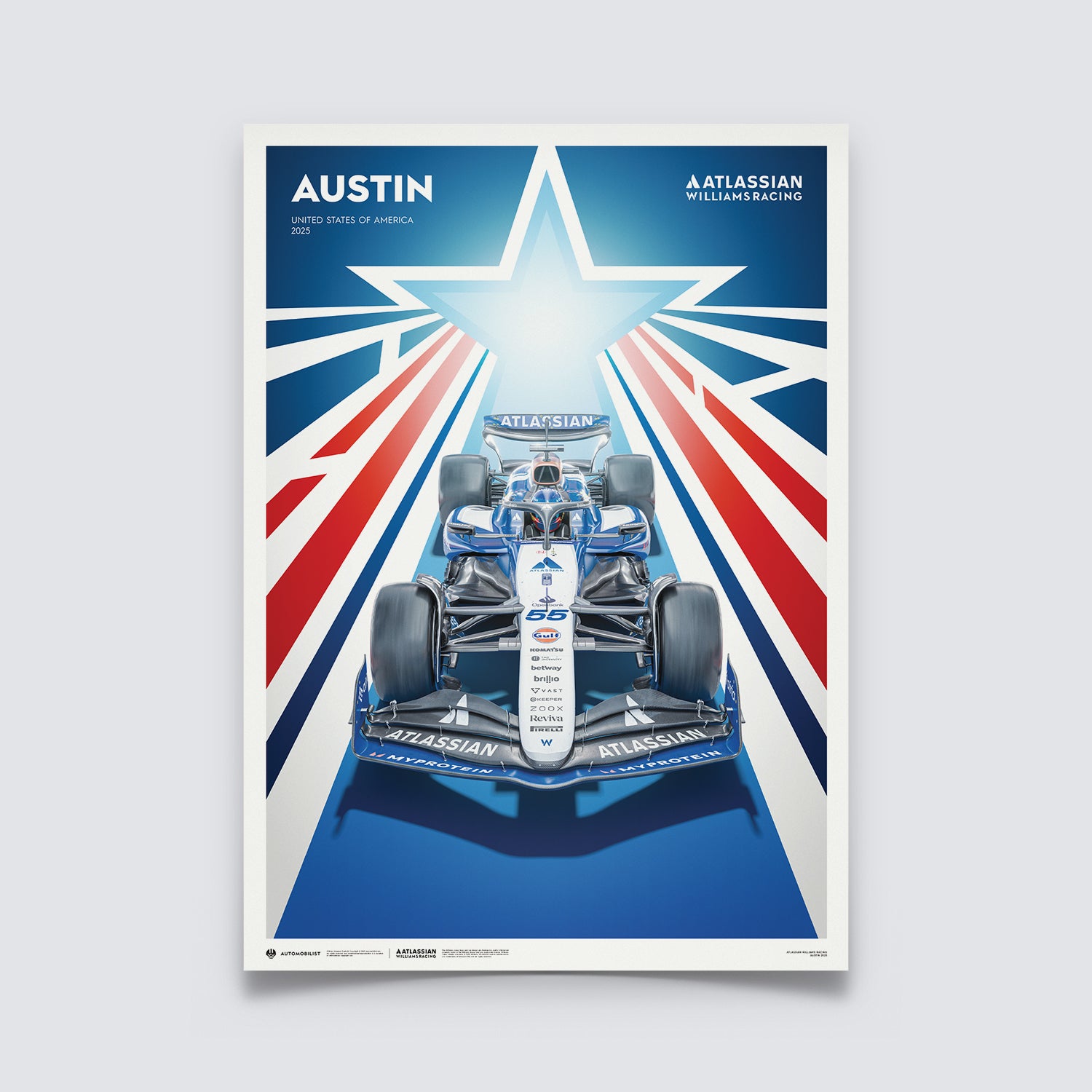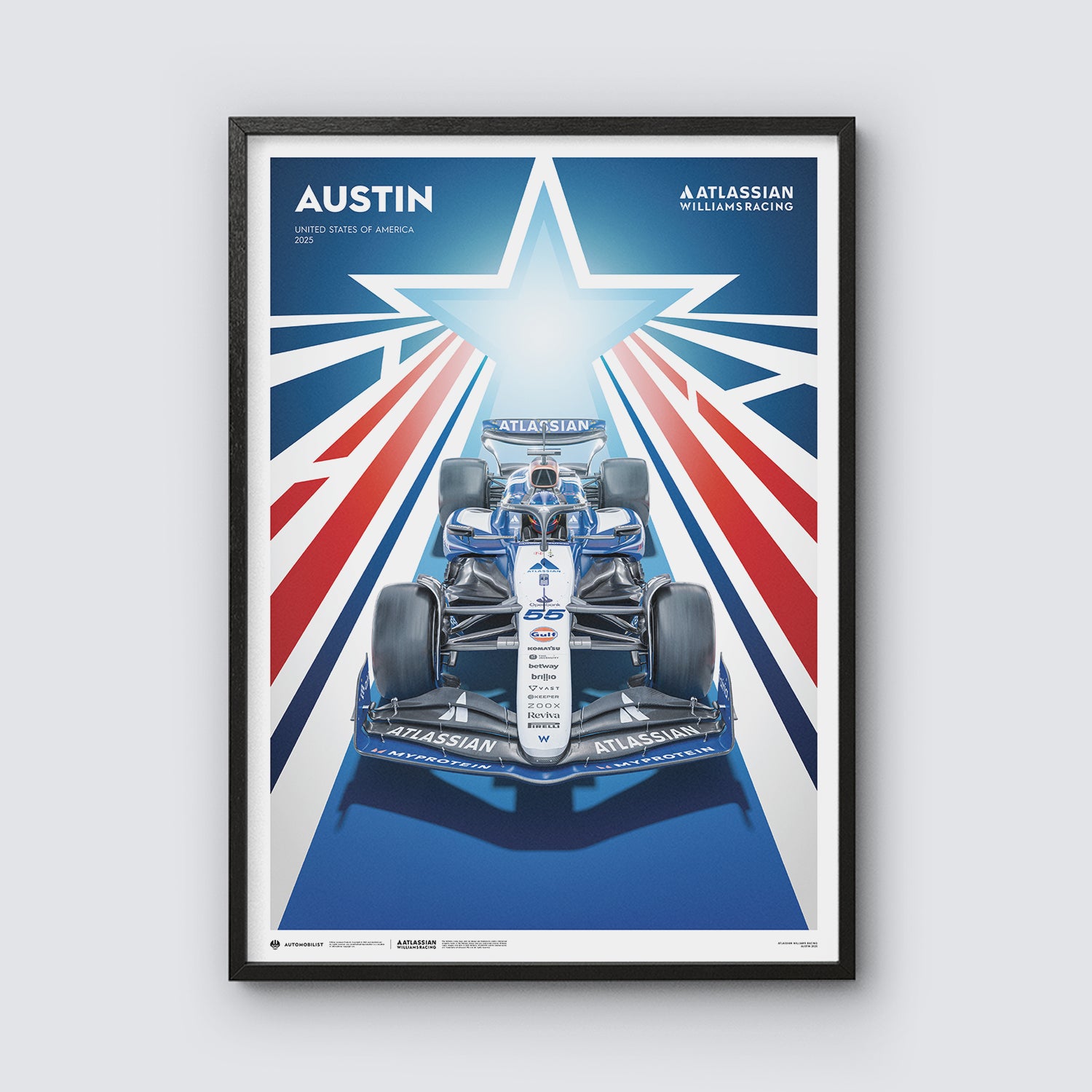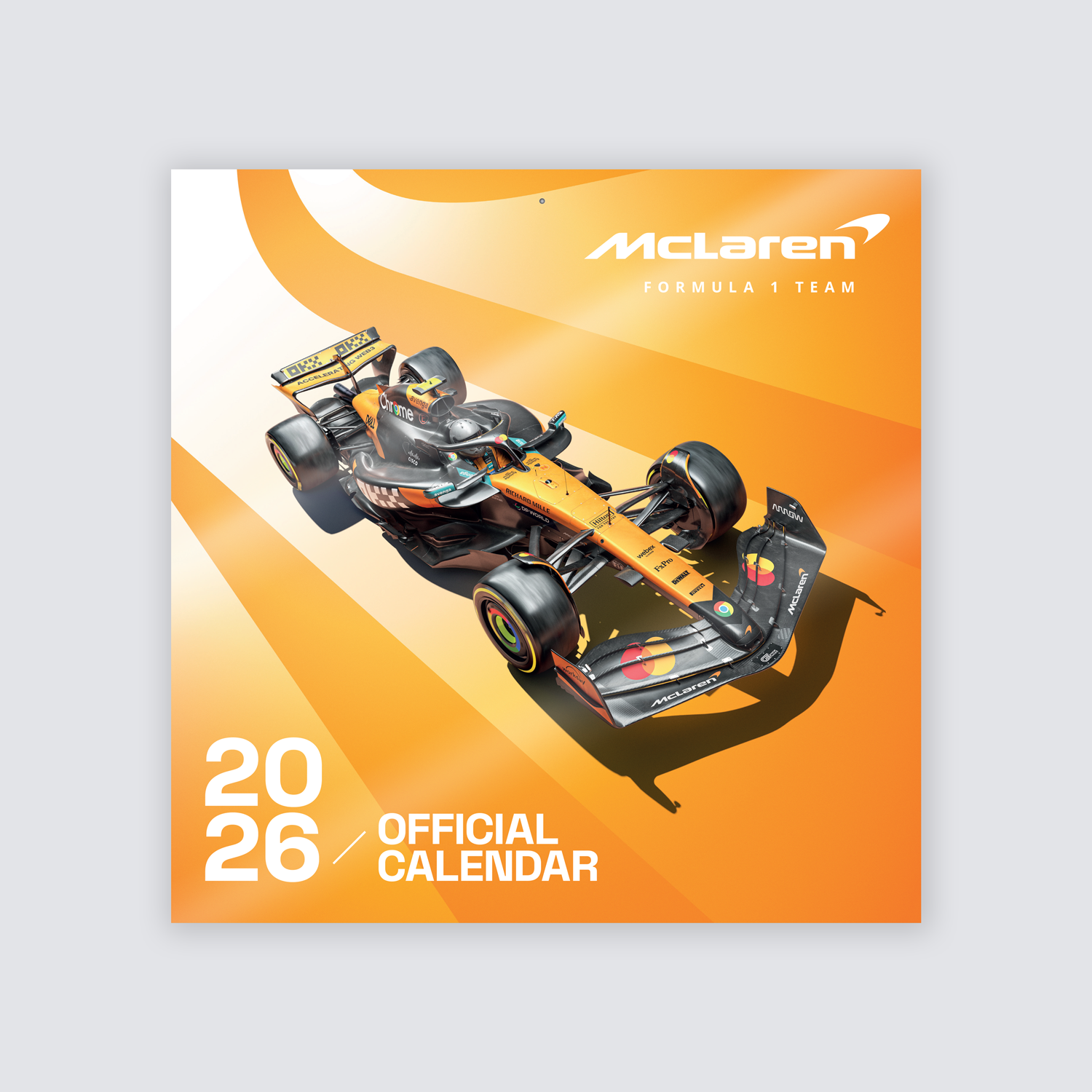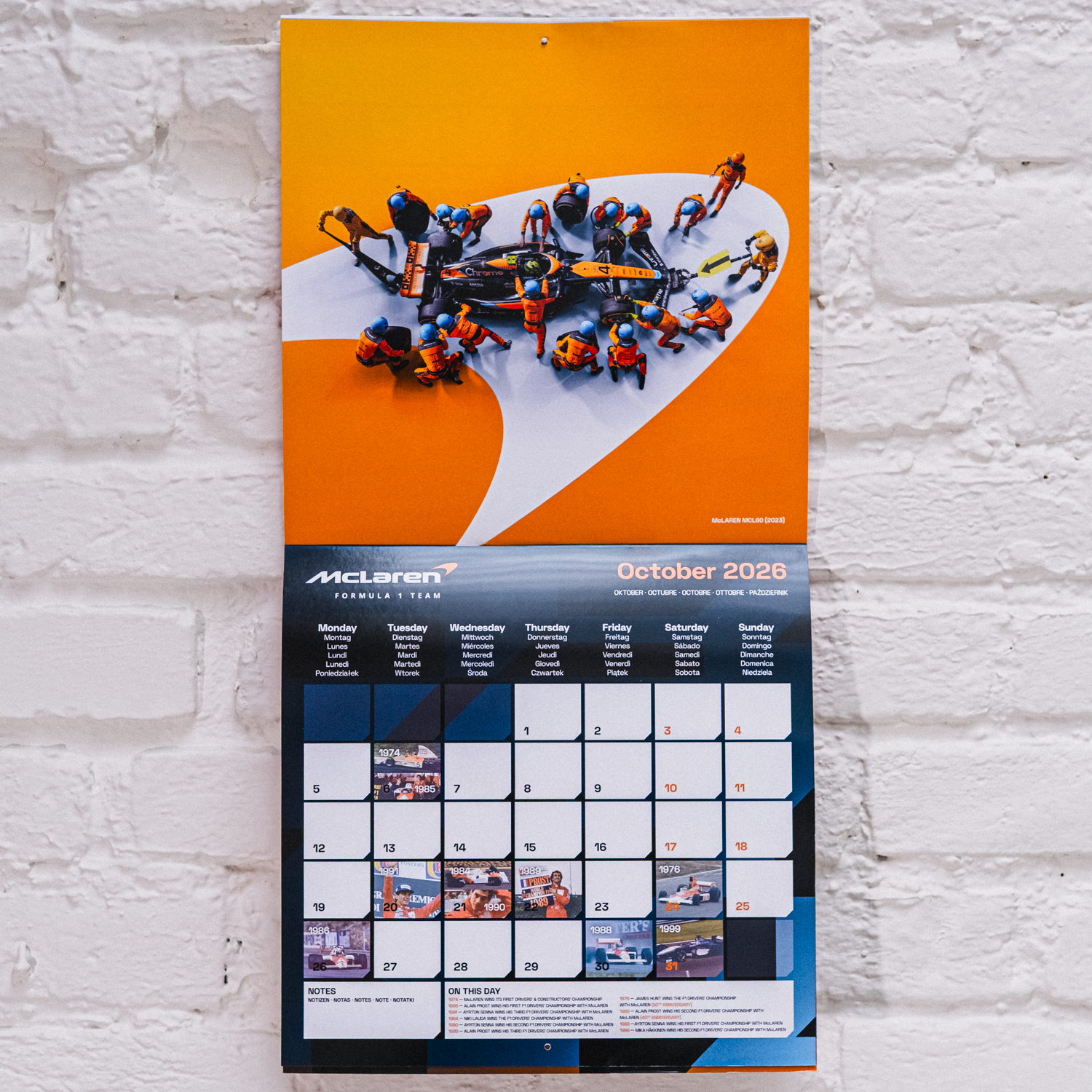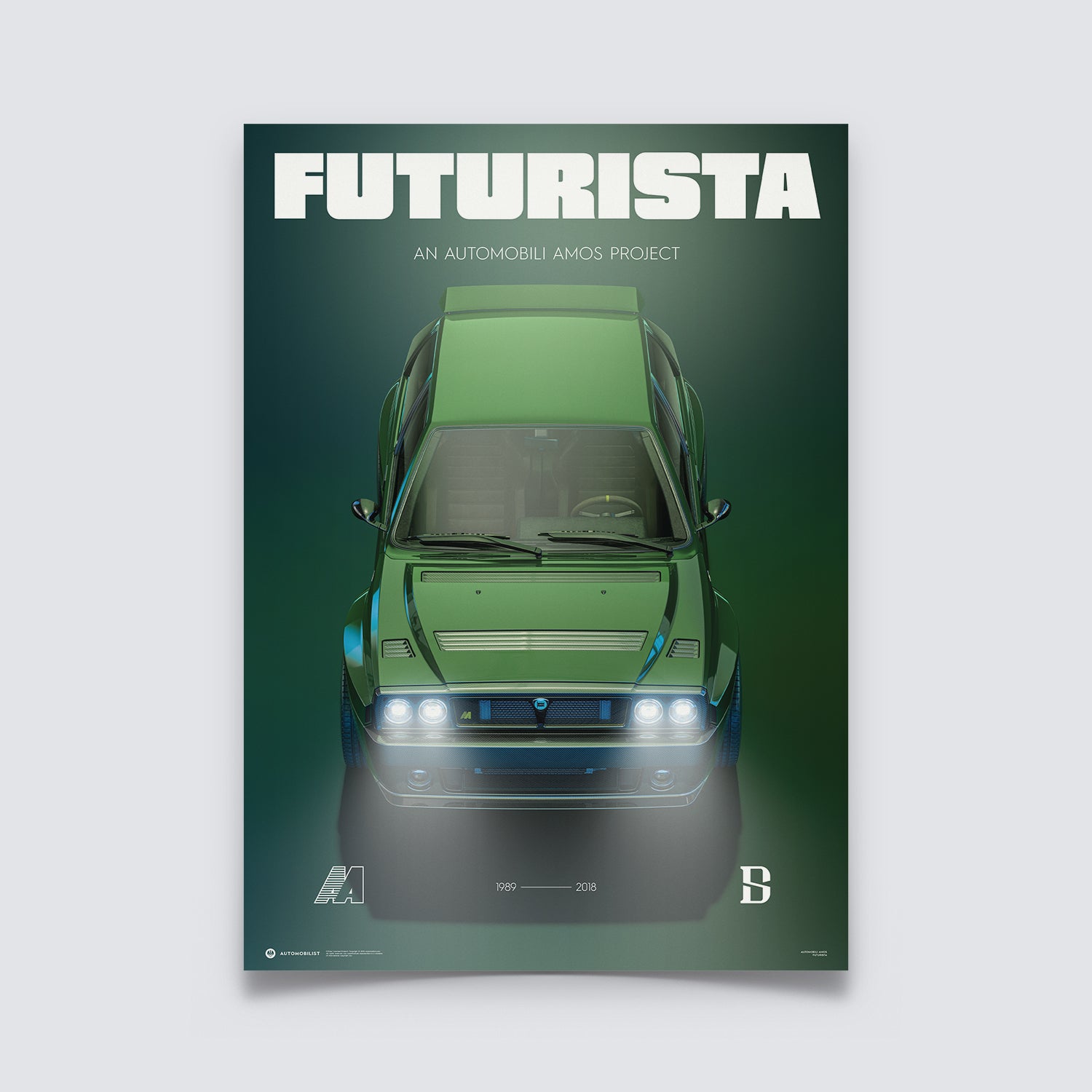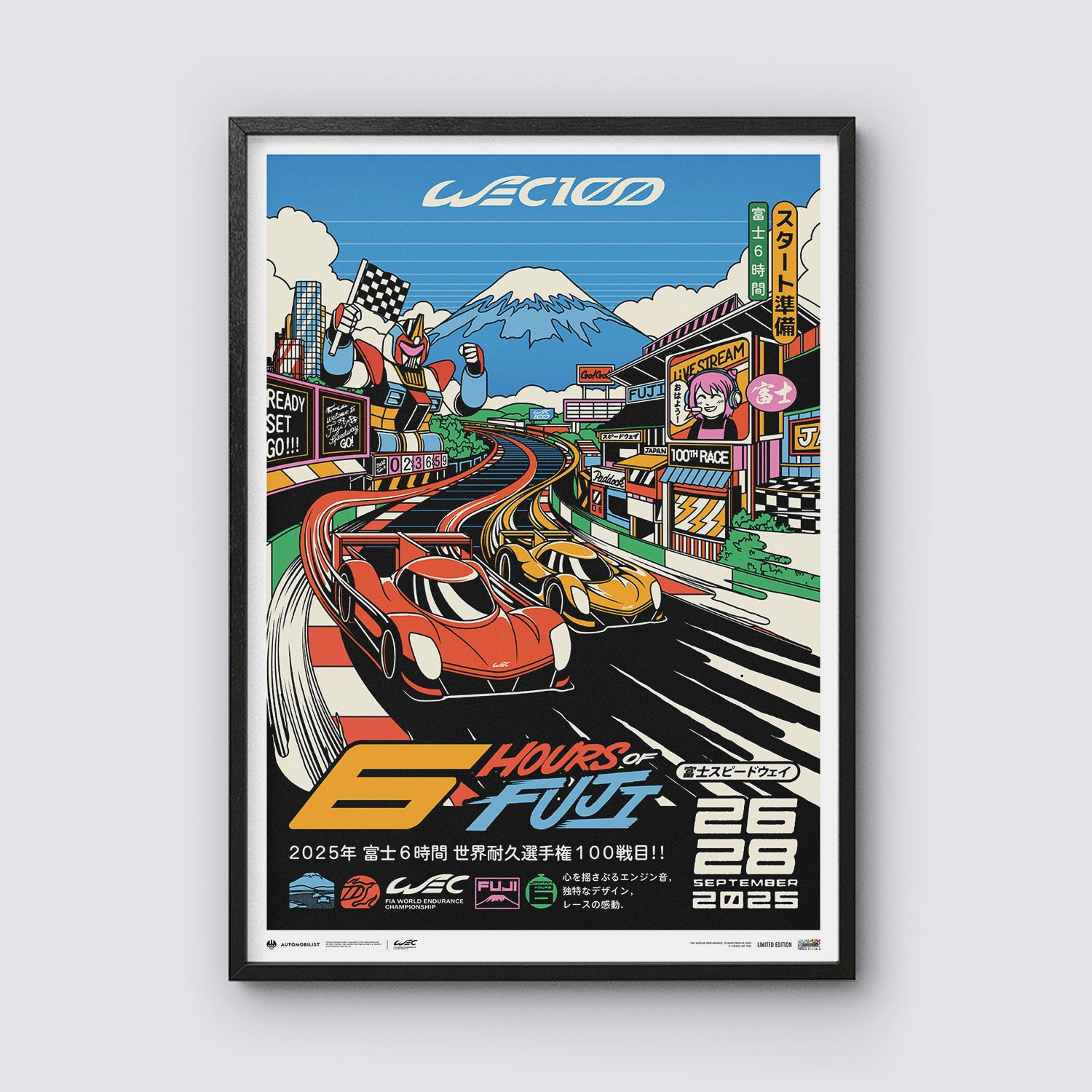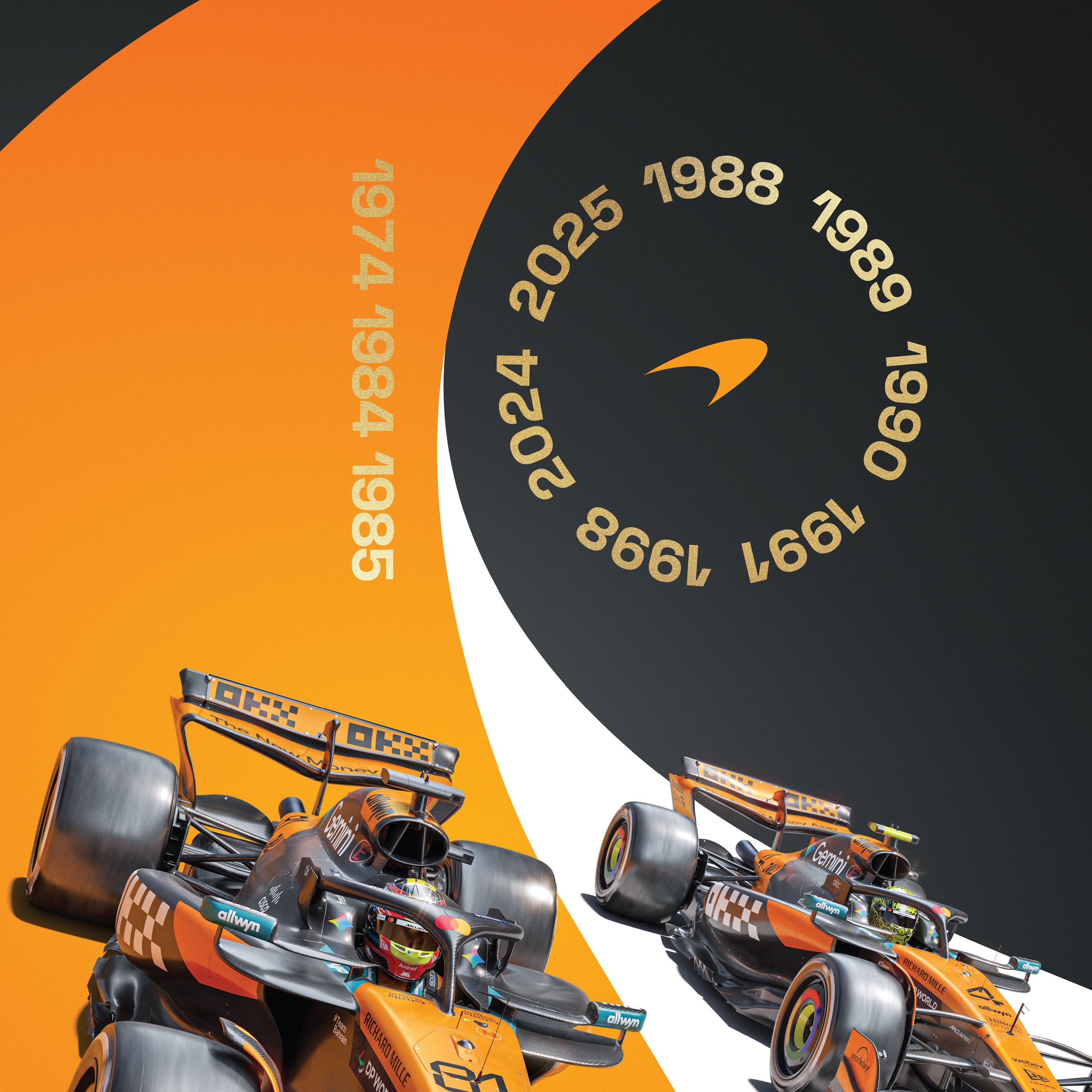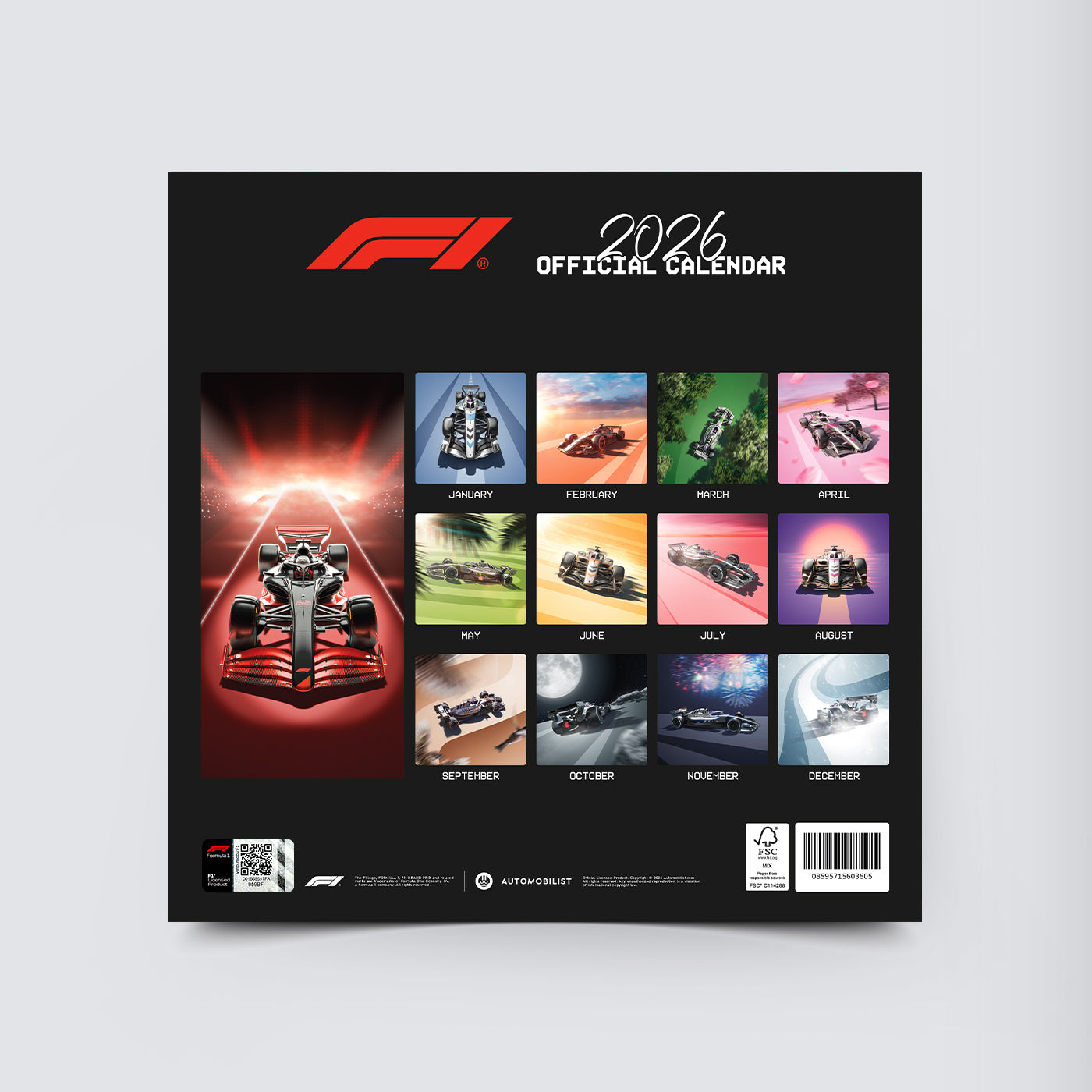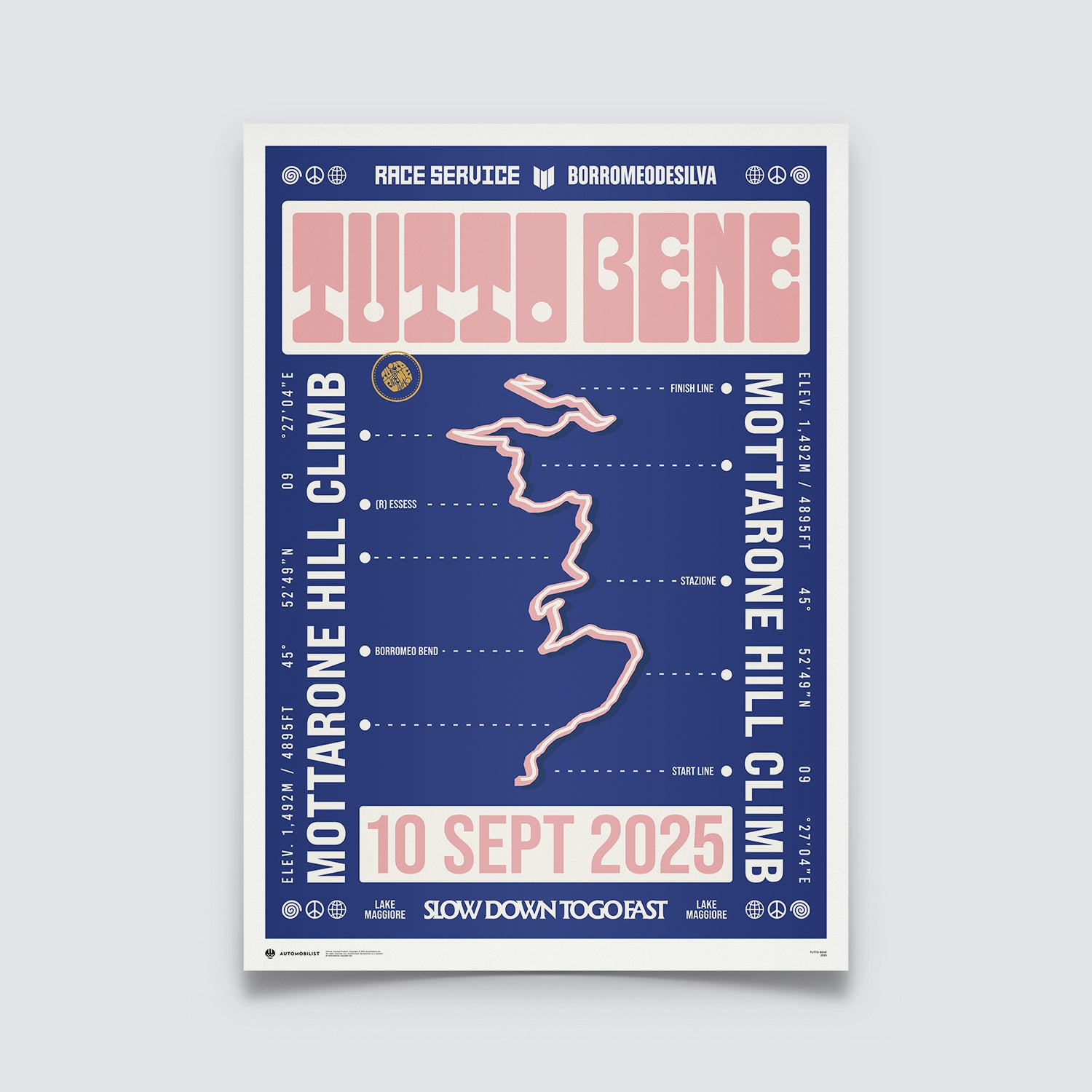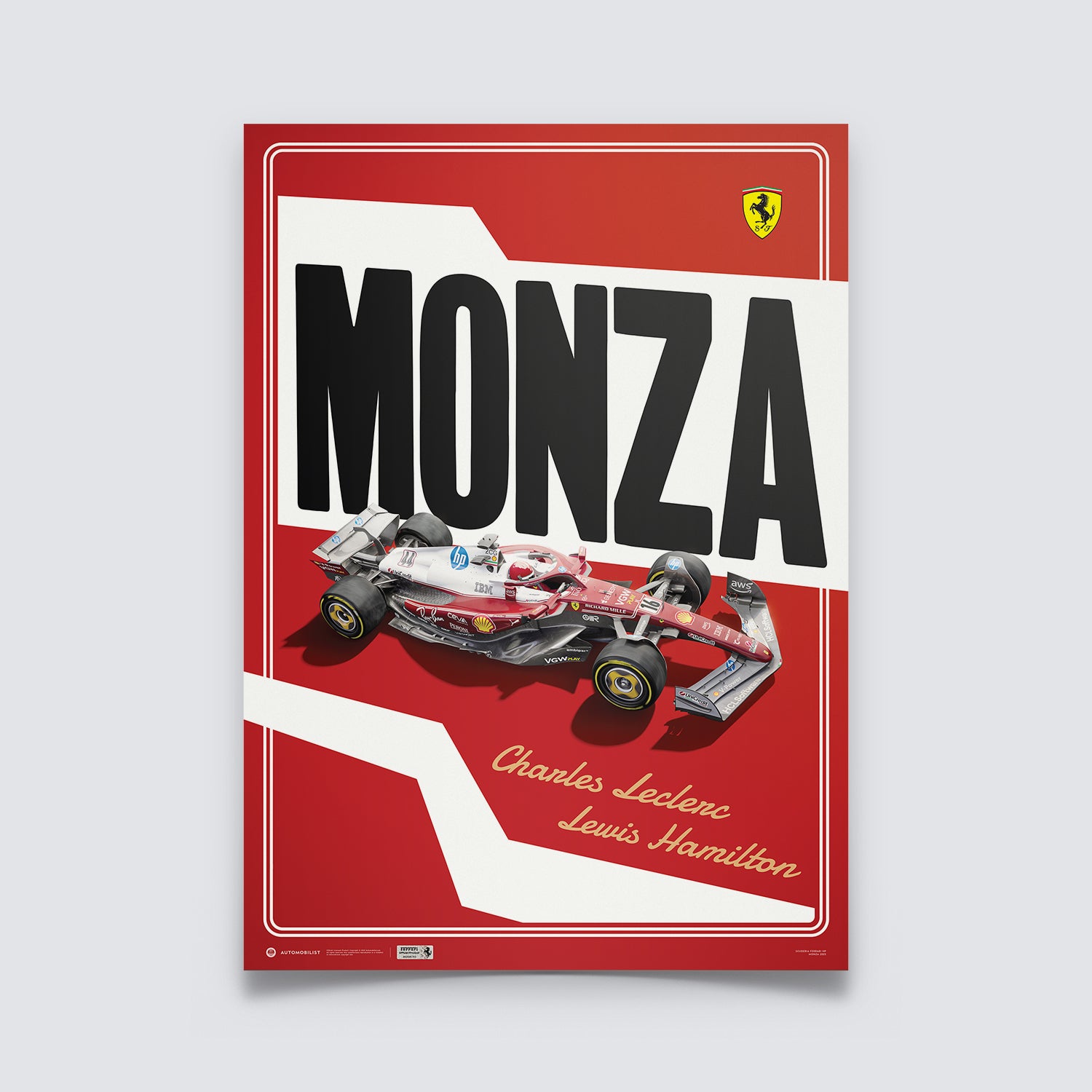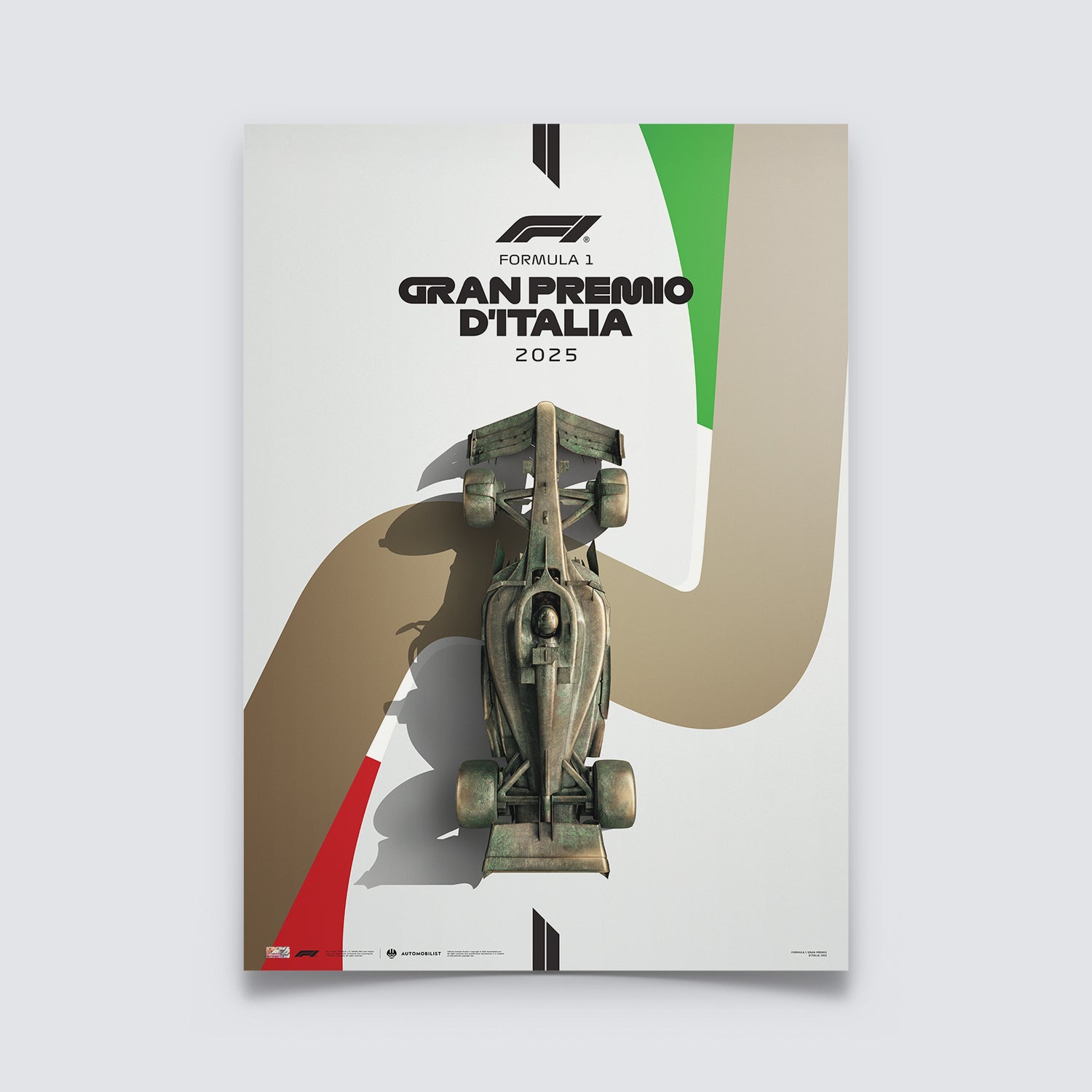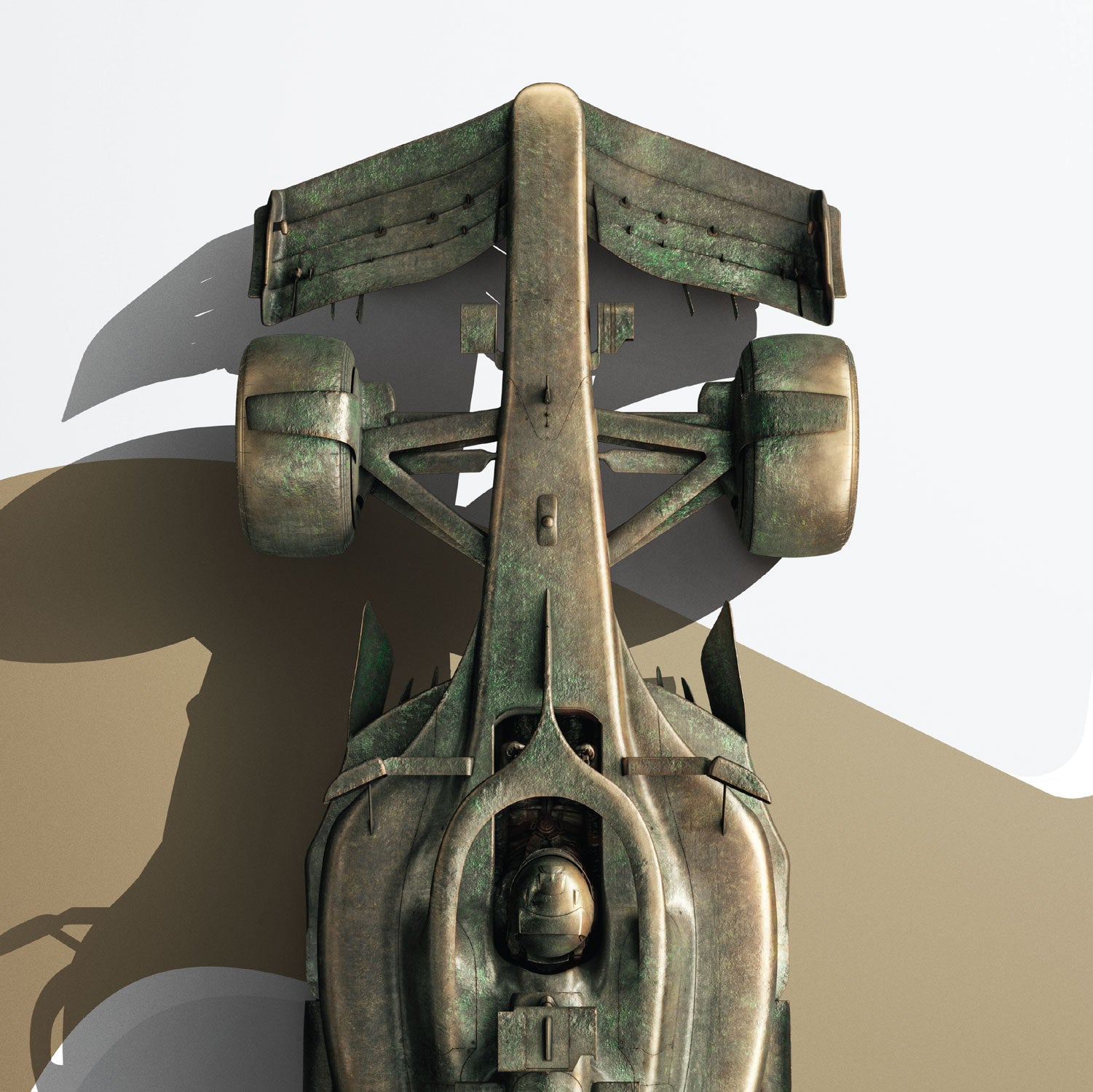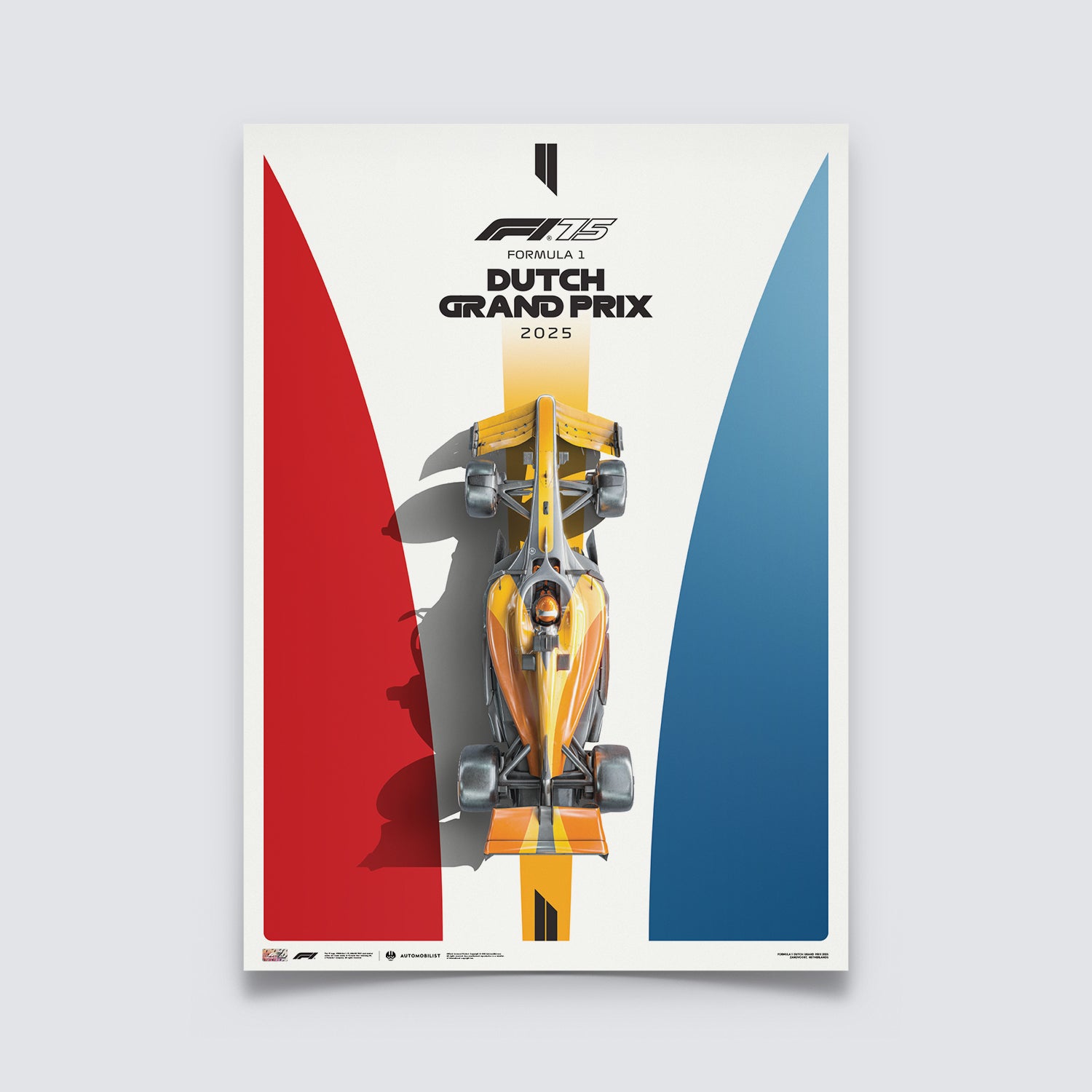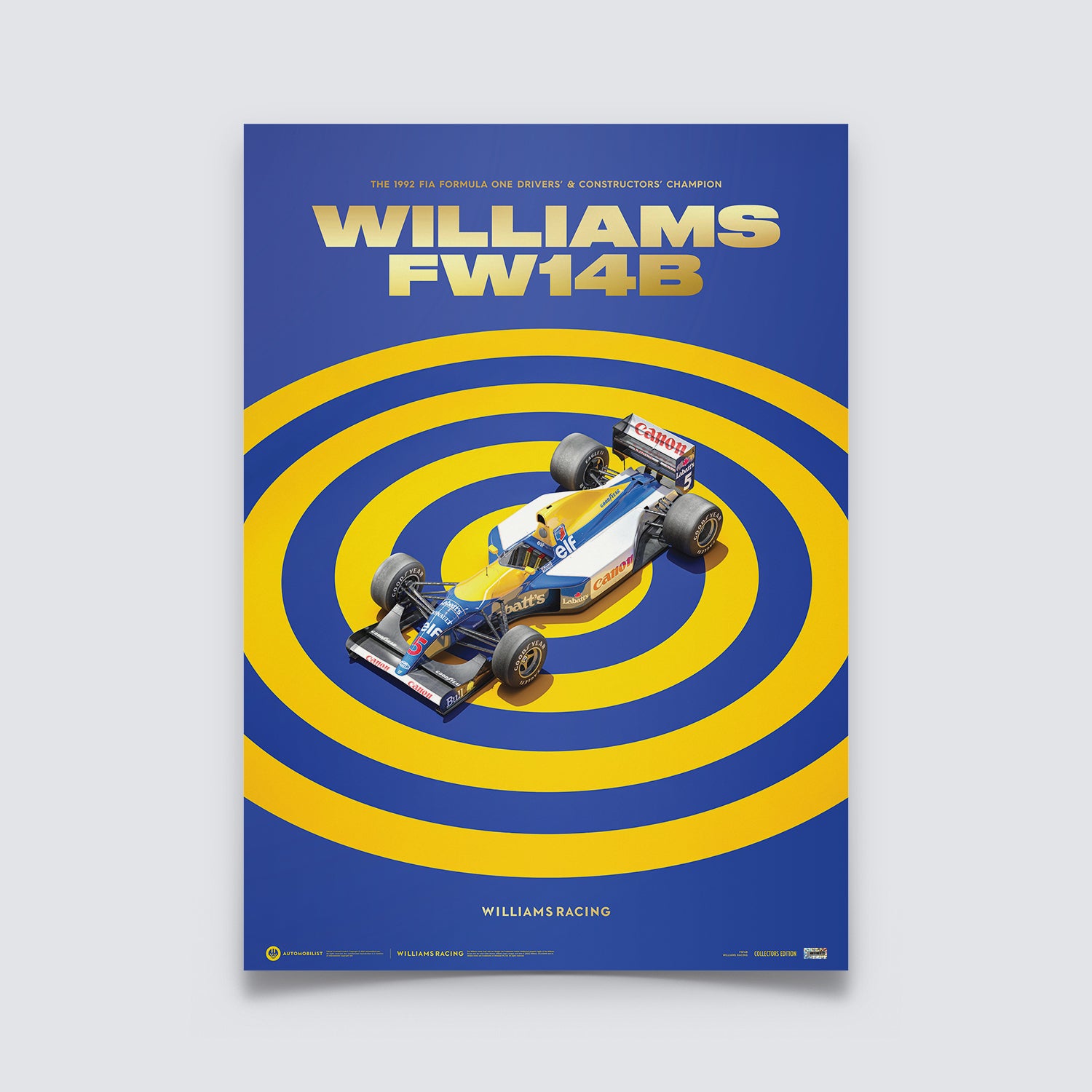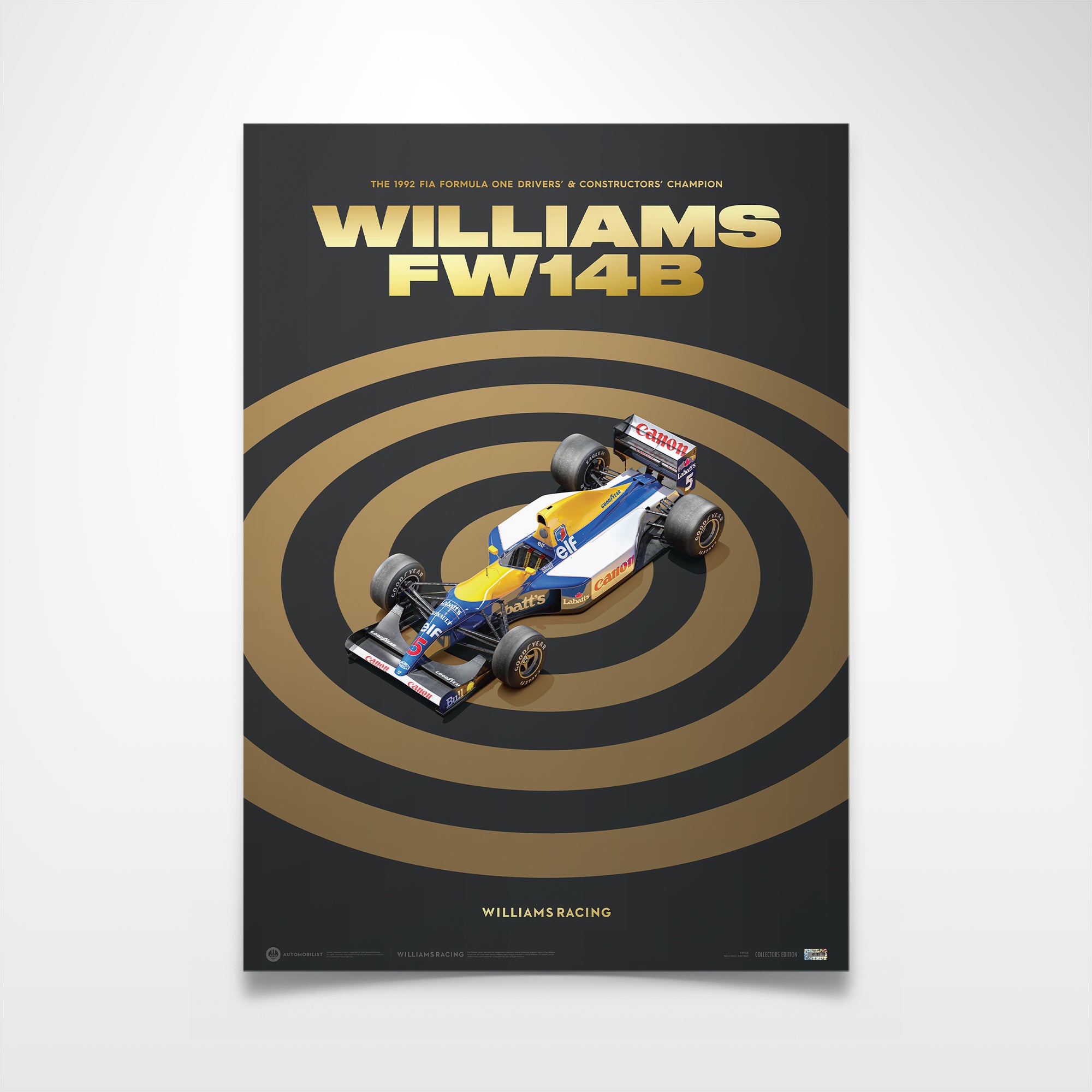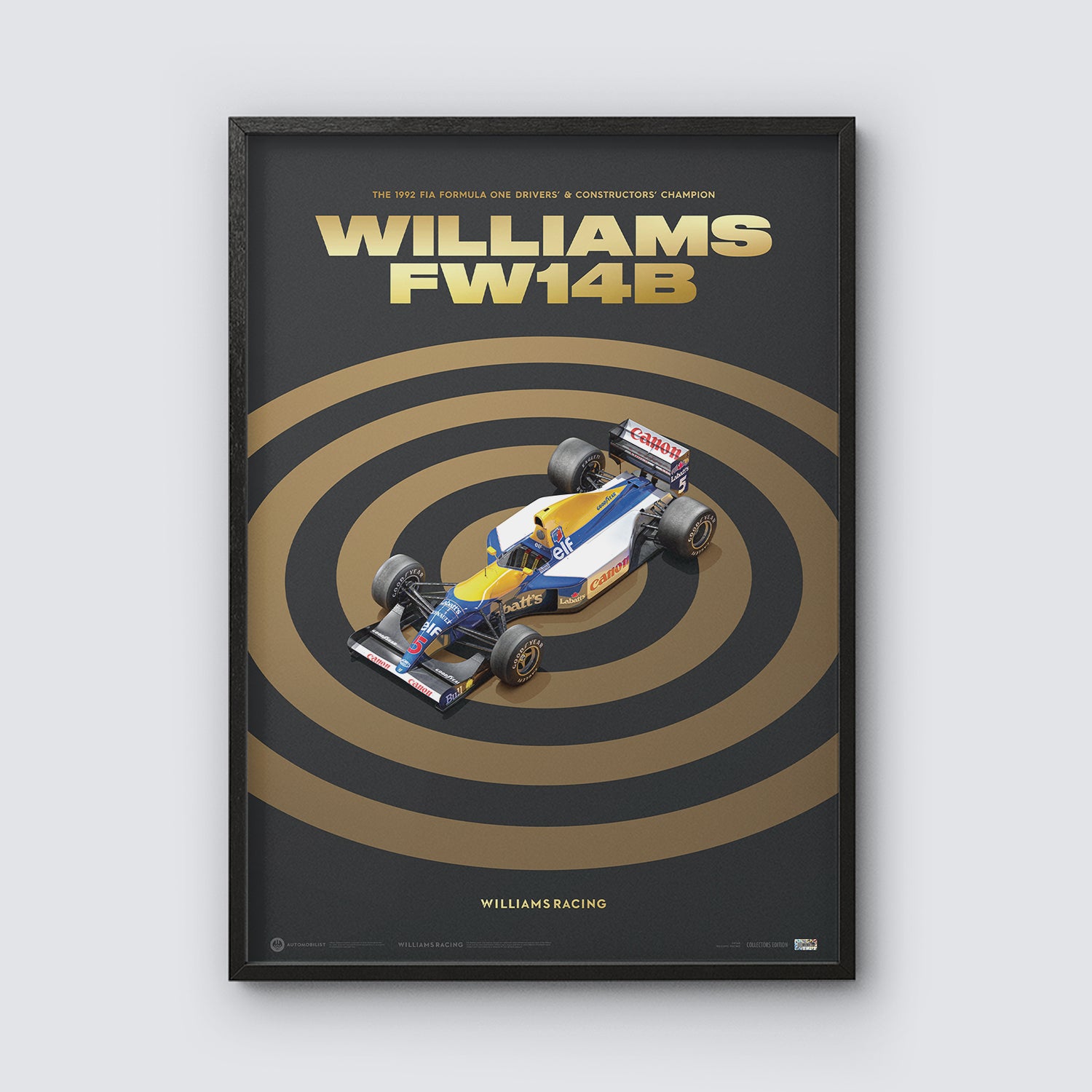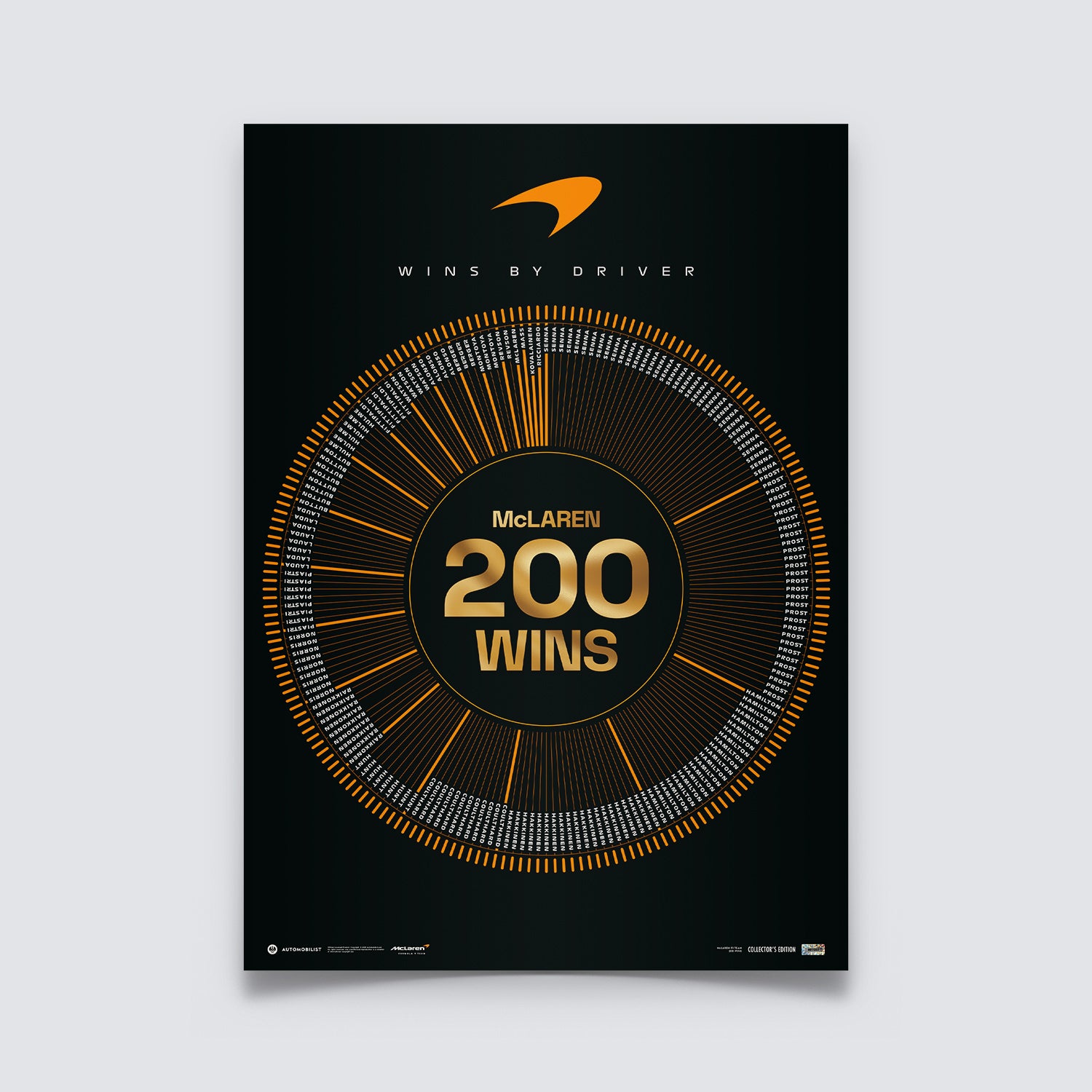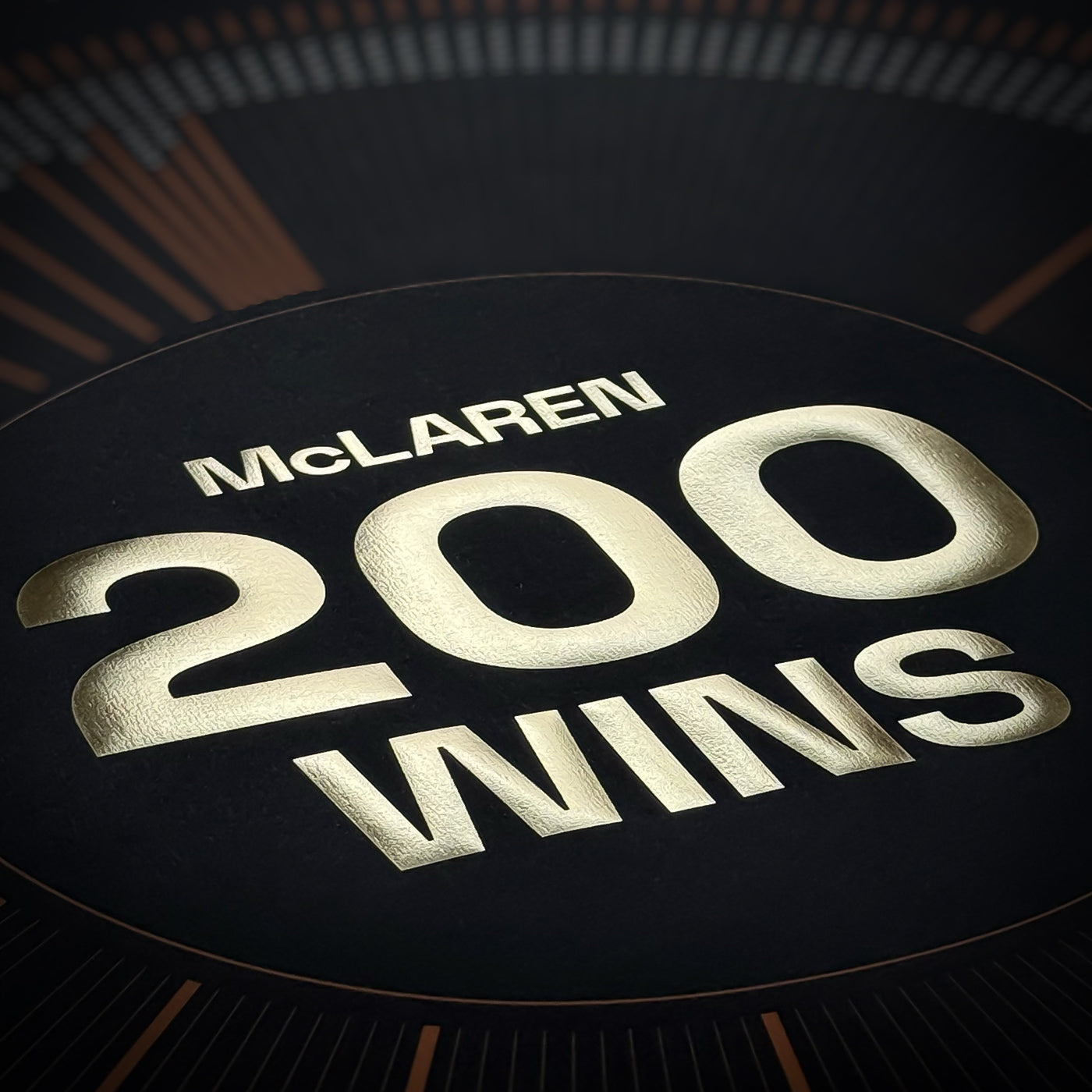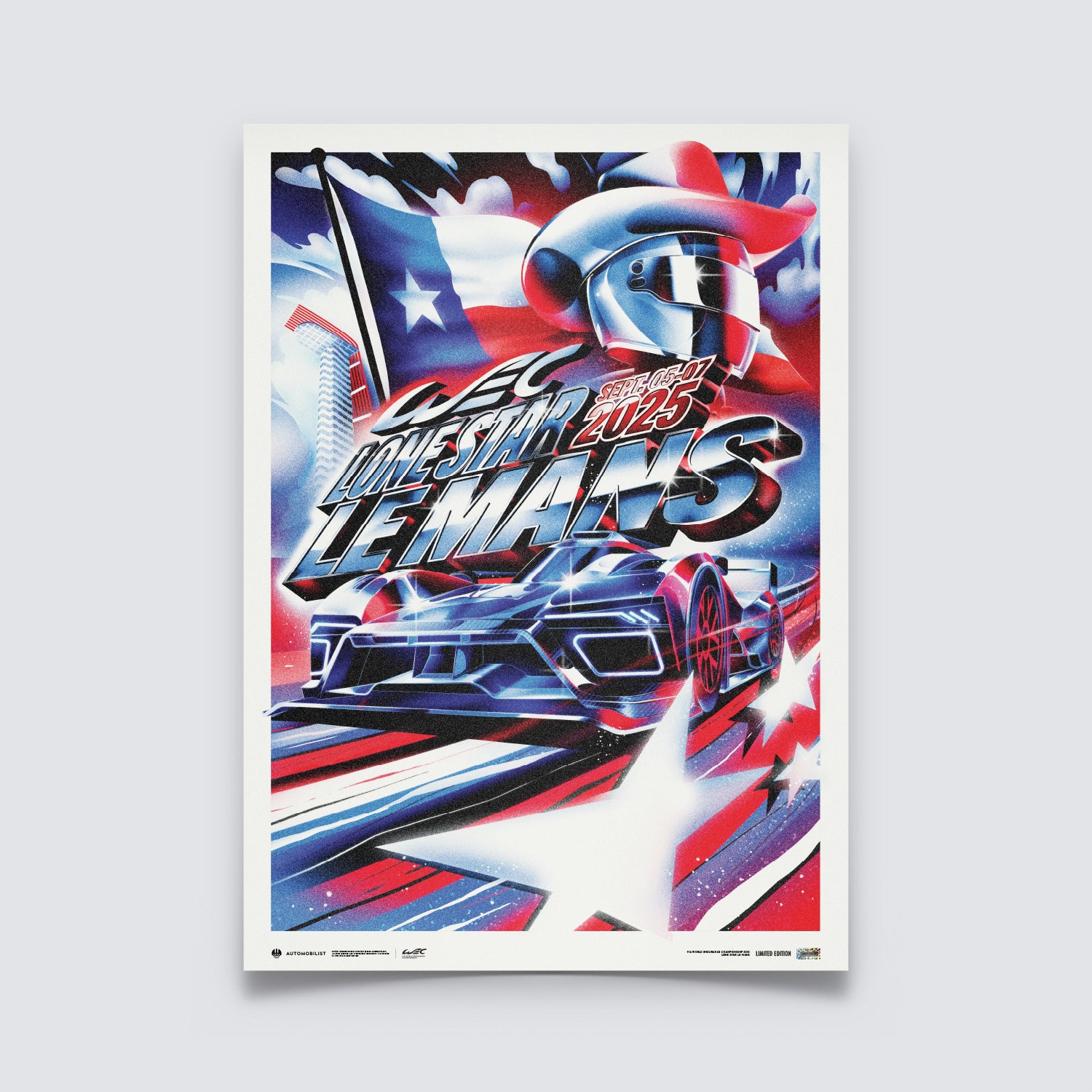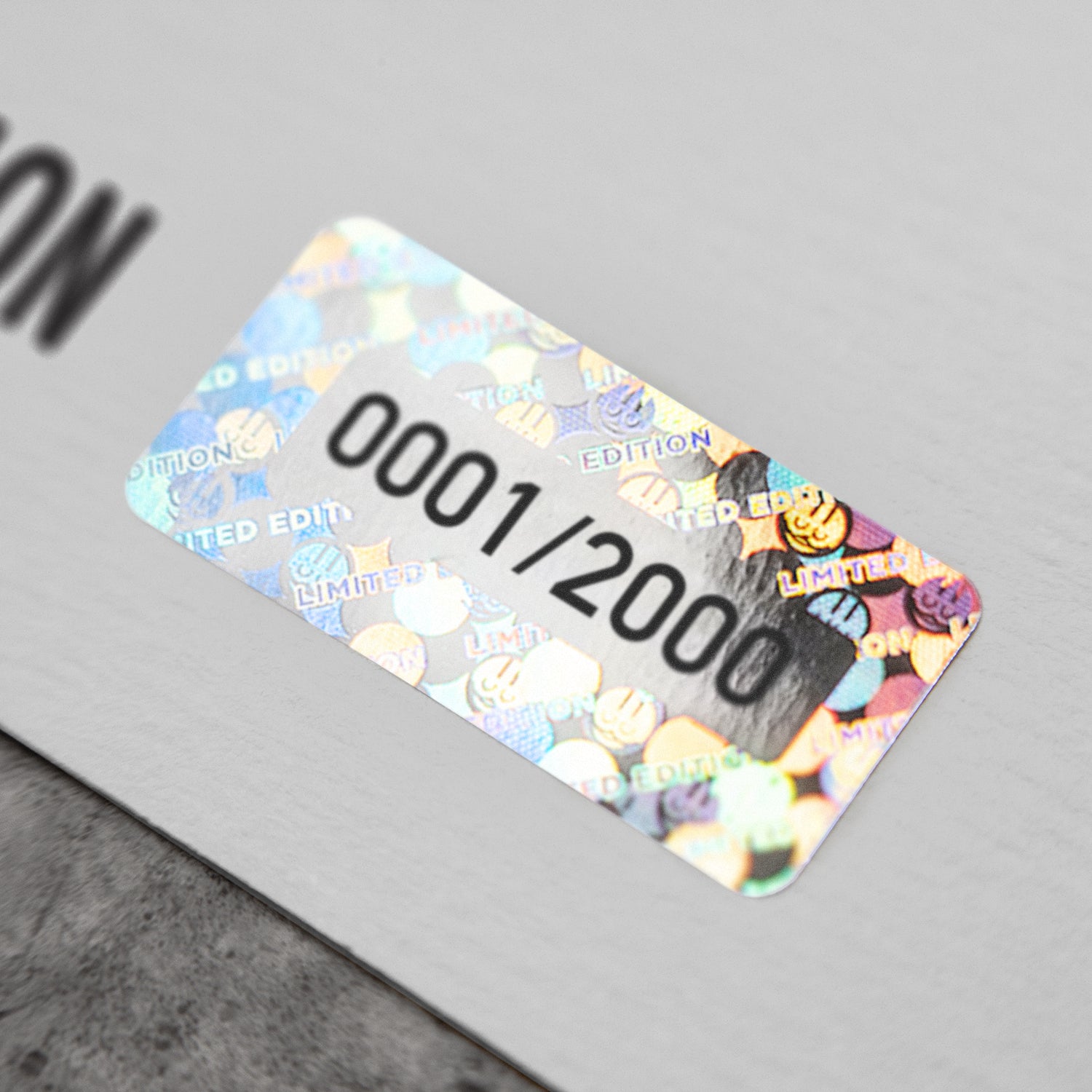They say that if you remember the sixties, you can’t possibly have lived through them. Whether you were there or not, some aspects of the swinging sixties have had a lasting effect on the way we live today, for example, the mini, be it the revolutionary little car or the very short skirt!
Another artefact of that age turns sixty this year, the Jaguar E-Type, a car that took the look of what constituted a sports car in a whole new direction. While the Mini was startling, cheeky and fun, the E-Type was sleek, stylish and beautiful, even if the technology underneath that never-ending bonnet (or hood if you’re American) dated back to Jaguar’s XK120 which had been launched back in 1948.
In the late 50s, the Jaguar design team was told to come up with a grand tourer sports car that would hark back to the Le Mans-winning D-Type and Jaguar’s technical director William Heynes put the extremely talented engineer Malcolm Sayer in charge of the design. Sayer had spent the Second World War fine-tuning his aerodynamic skills working for the Bristol Aeroplane Company and was then involved in the project that led to the C-Type Jaguar winning Le Mans in 1951 and ’53.
![]() The Jaguar Classic E-Type at the Geneva Motor Show in 1961
The Jaguar Classic E-Type at the Geneva Motor Show in 1961
The saying that form follows function was perfectly encapsulated by the E-Type, with Sayer’s very scientific approach for its time actually delivering the stunning yet simple shape, as it sprung off a drawing that ran the whole length of his office wall, annotated with figures, curves and calculations in different colours. The first prototype appeared in May 1957 powered by the in-line 6 cylinder engine from the venerable XK120, putting out around 160 bhp. It also featured a new design of independent rear suspension.
![]() Sir Williams, also known as 'Mr Jaguar' checking out the E-Type at the Geneva Motor Show in 1961
Sir Williams, also known as 'Mr Jaguar' checking out the E-Type at the Geneva Motor Show in 1961
Engineer Bob Knight won a £5 bet with Jaguar boss, Sir Williams Lyons that he could get the prototype of the E-Type ready in under a month.
£5 doesn’t seem much when you consider the company would use this suspension design for the next thirty years!
With its racing heritage it was inevitable that Jaguar would test its new project on the track, although this task was actually handed to the USA concessionaire Briggs Cunningham. In 1960, the E2A, as the prototype was called, arrived at the famous Le Mans circuit, sporting a very D Type-looking rear end. Driving duties were entrusted to SCCA champion driver Walter Hangsen and none other than American F1 star Dan Gurney. After a promising start, which saw Hangsen running as high as third, the car retired before nightfall with engine failure.
Lessons learned were applied to the first production version, which featured a monocoque construction with a front-end subframe, power coming from a 3.8 litre straight six. As for top speed, there were bold claims of 150 mph, unheard of at the time.
![]() A lightweight version of the E-Type
A lightweight version of the E-Type
When the dust sheet was pulled off the car at the 1961 Geneva Motor Show, no other car got a look in and even Enzo Ferrari described it as “the most beautiful car ever made.” That’s some endorsement! Journalists rushed to be given a ride in the coupe up a nearby hillclimb course by the company’s PR boss Bob Berry. But demand from the media was so great that the company test driver Norman Dewis was despatched from Coventry, England in the yet to be seen soft top E-Type. He took a 10pm ferry from Dover and got to Geneva, a distance of 600 miles (almost 1000 kms) 11 hours later having averaged 68 mph (110 km/h.) It was an unintentional yet great publicity stunt, and with the added kudos of its top speed figure, about twice that of a “normal” car at the time, the E-Type was an immediate sales success. Mind you, moving it off the showroom floor was made even easier by it’s relatively low cost. At a UK cost of around £2200 it was about half the price of its competitors such as the exotic Ferrari 250 GT at £6500 and the Aston Martin DB4 at £4000. A long list of “celebrity” owners only boosted its status as the must-have car of the day, with Frank Sinatra quoted as saying “I want that car and I want it now,” when he first saw it at the New York Auto Show. Other famous owners included George Best, George Harrison, Tony Curtis and speed record breaker Donald Campbell. An icon was born, a vehicle that entered the consciousness of an entire generation, even those with no interest in cars.
Over time, the engine grew and the final S3 version, which came out in 1971 boasted Jaguar’s first V12 power plant, a 5.3 litre monster. And, although less aesthetically pleasing a four-seater, or more correctly 2+2 version, arrived in 1966, allowing the rich and famous to take their small children along for the ride.
![]() 60 editions of a new F-Type to commemorate the 60th anniversary of the iconic E-Type
60 editions of a new F-Type to commemorate the 60th anniversary of the iconic E-Type
A new F-Type with 60s editions only, will hit markets in March, the Sherwood Green edition to be released on the occasion of the 60th anniversary of the celebrated E-Type. E-type-inspired aluminum console finisher, commemorative treadplates, Caraway-edged carpet mats and an SV Bespoke commissioning plaque are some of the elements that throwback to the swinging 60s at 130,000 Euros. Do you still prefer buying the actual E-Type? You’re unlikely to find anything driveable for under 60,000 Euros, while concours condition examples of the original Series 1 will set you back up to 400,000 Euros!
All images courtesy Jaguar


